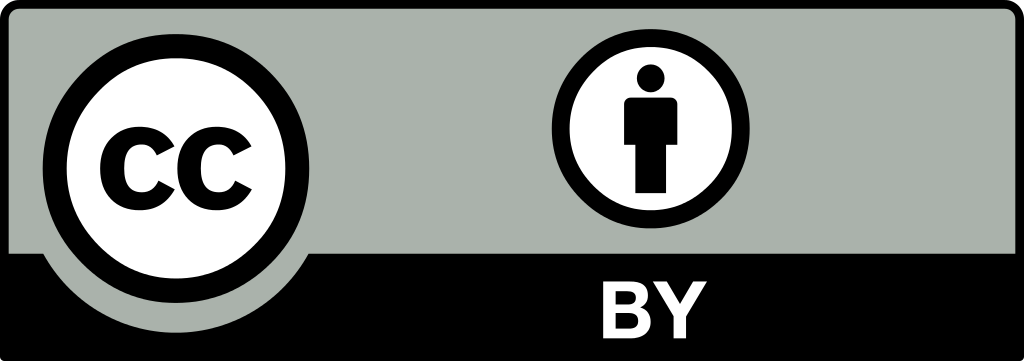

International Journal of Innovative Research in Engineering and Management
Year: 2022, Volume: 9, Issue: 1
First page : ( 82) Last page : ( 86)
Online ISSN : 2350-0557.
![]() DOI: 10.55524/ijirem.2022.9.1.13 |
DOI: 10.55524/ijirem.2022.9.1.13 | ![]() DOI URL: https://doi.org/10.55524/ijirem.2022.9.1.13
DOI URL: https://doi.org/10.55524/ijirem.2022.9.1.13
 This is an Open Access article distributed under the terms of the Creative Commons Attribution License (CC BY 4.0) (http://creativecommons.org/licenses/by/4.0)
This is an Open Access article distributed under the terms of the Creative Commons Attribution License (CC BY 4.0) (http://creativecommons.org/licenses/by/4.0)
Article Tools: Print the Abstract | Indexing metadata | How to cite item | Email this article | Post a Comment
Aaqib Javaid Mufti , Simranjot Kaur, Dr Sandeep Singla
The act of widespread, careless, and haphazard disposal of e-waste for monetary gain, along with government ineptitude and unorthodox systematic supervision of it in any community, is undeniably unsafe and destructive to the country's public health and economy as a whole. Untreated e-waste poses a significant hazard to public health and people's quality of life in general. It also shatters and renders the environment unproductive for no apparent reason. Furthermore, it is the socially and economically weaker members of society who suffer the most under these situations. With the growing number of people purchasing electrical and electronic items, numerous regions are being utilized as dumping grounds for e-waste, and flaws in government waste management methods have made WEEE a severe challenge. Previously, the management of e-environmental wastes and sustainability had a low priority. Lack of financial resources, institutional flaws, improper technology selection, and public unawareness towards WEEEM are some of the elements that have led to the growing trend in the perception of E-Waste as a concern. On the other hand, the economic benefits of WEEE through the recovery and recycling of materials, which can then be reused and re-sold as secondary materials, is a great way for individuals to get jobs and businesses to generate cash. The problem of e- waste, its sources, content, and treatment as associated garbage have all been critically examined in this research.
[1] Kurian Joseph (2007),“electronic waste management in india-issues and strategies”proc. On eleventh international wastemanagement and landfill symposium
[2] Mathew J. Realf et al.(2004), in their publication titled “E-waste: an opportunity”
[3] William B. Weather, Jr. and David Chandler (2011) "Strategic corporate social responsibility: stakeholders in the global environment,"
[4] S Chatterjee and Krishna Kumar (2009), in their published academic journal titled "Effective electronic waste management and recycling involving formal and non-formal sectors,
[5] E-waste volume i,e-waste management manual–united nations environment program
[6] Mark Anderson (2010) what an e-waste” ieee-spectrum, september,2010
[7] Nnorom I.C., Osibanjo (2008)“ overview of electronic waste(e-waste) management practices and legislation in the developed countries”journal of resource conservation and recycling 52(2008)843-858
[8] Bandhopadhyay, a. (2010) “electronic waste management: indian practices and guidelines” international journal of energy and environment 1(5) pp. 193-807 Basel convention on the control of transboundary movement of hazardous wastes and their disposal – document accessed in 10/2010 E-waste volume ii, e-waste management manual – united nations environment program – accessed in 10/2010
M. Tech Scholar, Department Civil Engineering, RIMT University Mandi Gobingarh , Punjab, India
No. of Downloads: 40 | No. of Views: 1133
Nabin Khanal.
April 2025 - Vol 12, Issue 2
Akash. T , Sambhaji Padwal.
April 2025 - Vol 12, Issue 2
Akash. T, Sambhaji Padwal.
April 2025 - Vol 12, Issue 2
